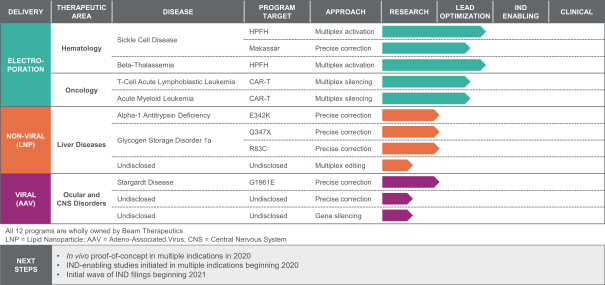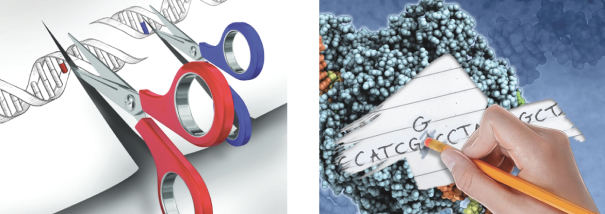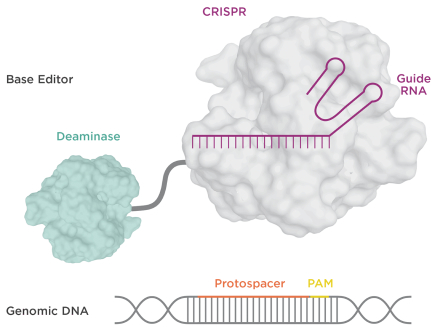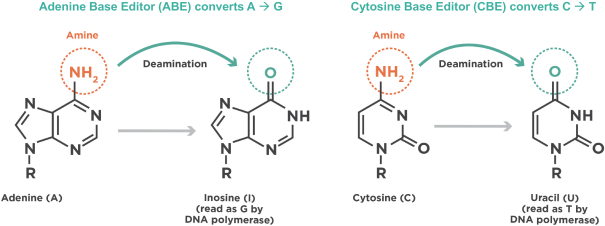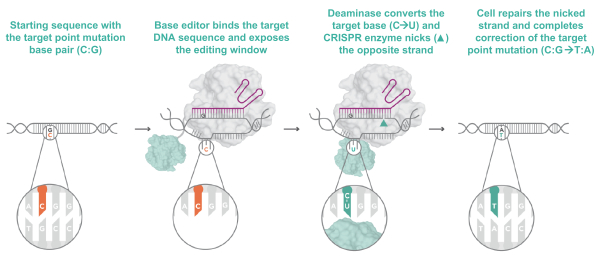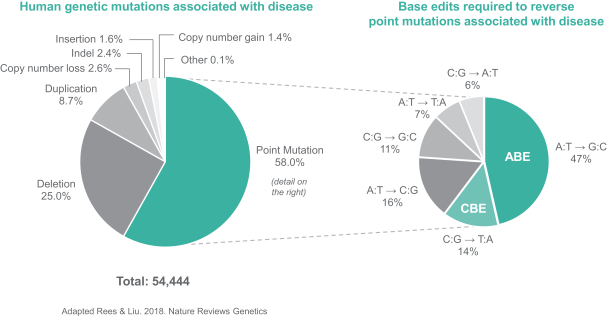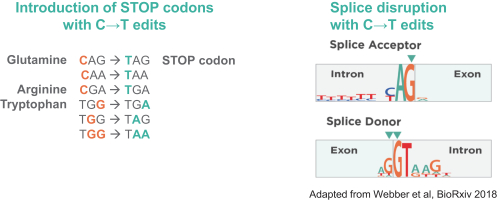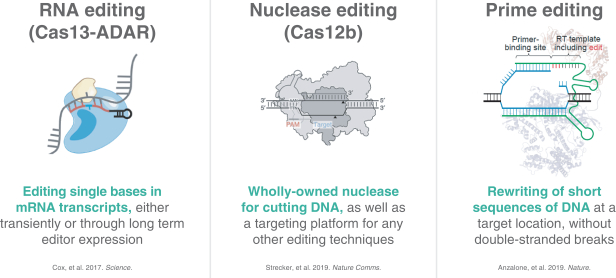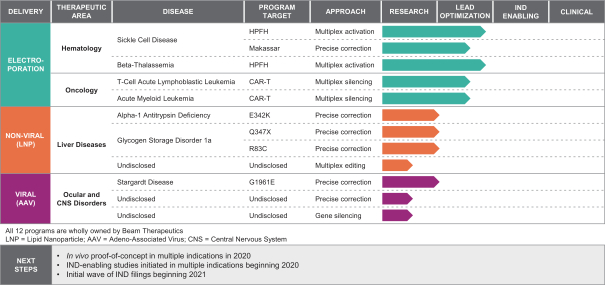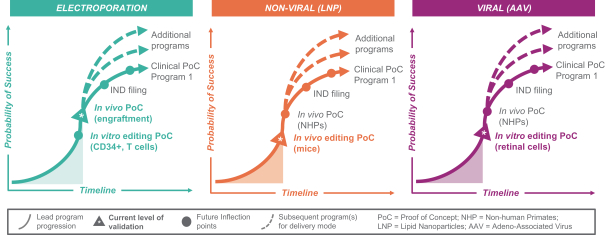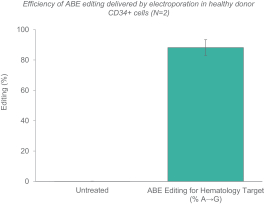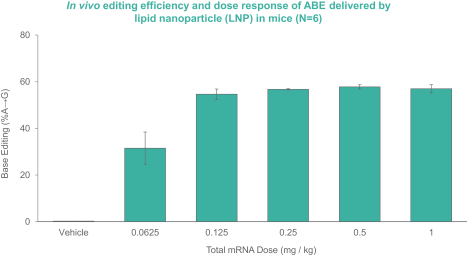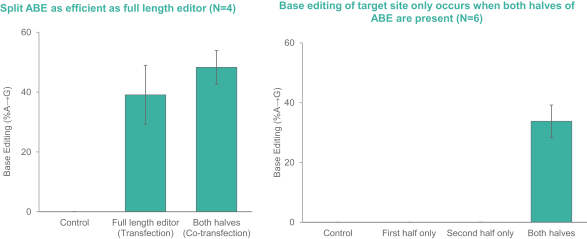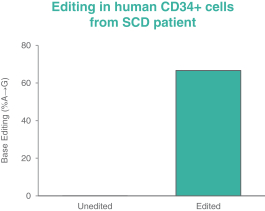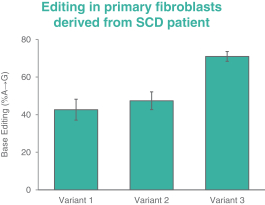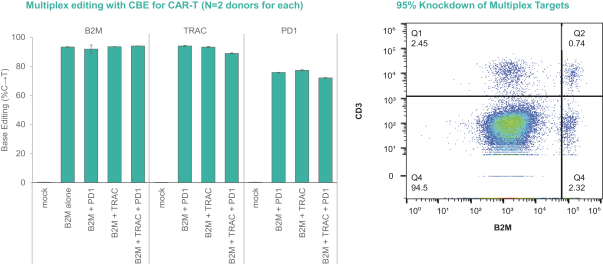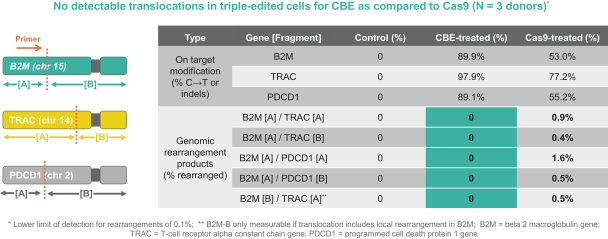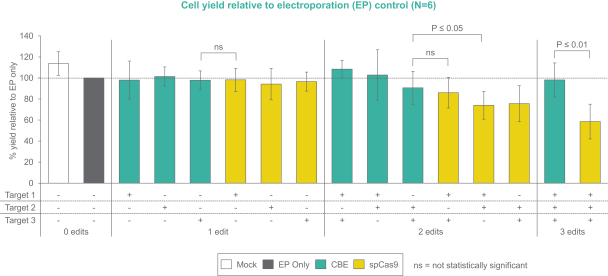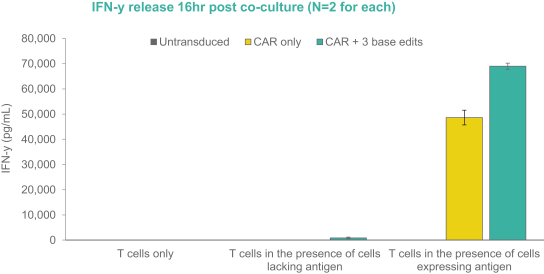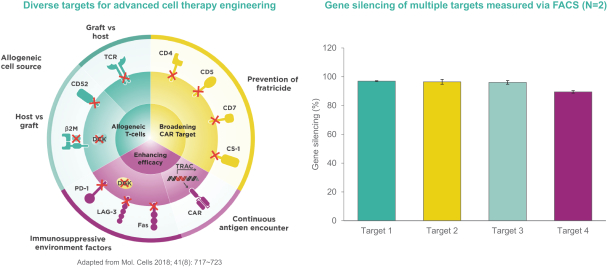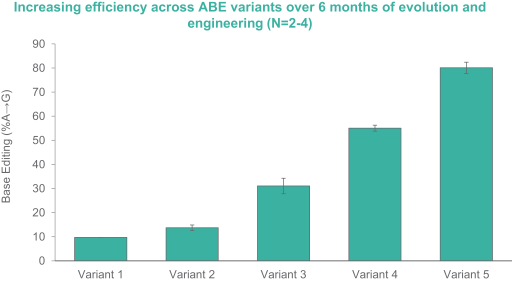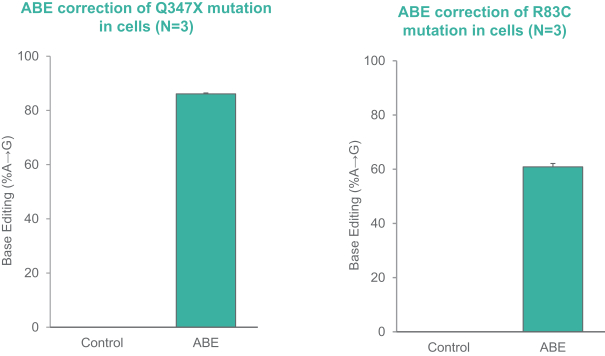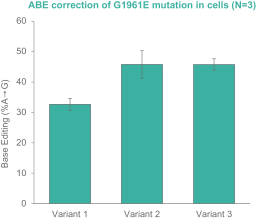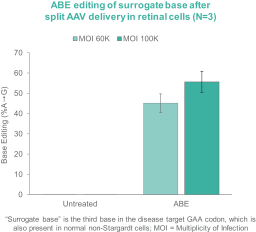also exists that others will develop products that have the same effect as our product candidates on an independent basis that do not infringe our patents or other intellectual property rights, or will design around the claims of our patent applications or our in-licensed patents or patent applications that cover our product candidates.
Likewise, our currently owned patent applications, if issued as patents, and in-licensed patents and patent applications, if issued as patents, directed to our proprietary base editing technologies and our product candidates are expected to expire from 2034 through 2040, without taking into account any possible patent term adjustments or extensions. Our owned or in-licensed patents may expire before, or soon after, our first product candidate achieves marketing approval in the United States or foreign jurisdictions. Additionally, no assurance can be given that the USPTO or relevant foreign patent offices will grant any of the pending patent applications we own or in-license currently or in the future. Upon the expiration of our current in-licensed patents, we may lose the right to exclude others from practicing these inventions. The expiration of these patents could also have a similar material adverse effect on our business, financial condition, results of operations and prospects.
Our owned patent applications and in-licensed patents and patent applications and other intellectual property may be subject to priority disputes or to inventorship disputes and similar proceedings. If we or our licensors are unsuccessful in any of these proceedings, we may be required to obtain licenses from third parties, which may not be available on commercially reasonable terms or at all, or to cease the development, manufacture, and commercialization of one or more of the product candidates we may develop, which could have a material adverse impact on our business.
Although we have an option to exclusively license certain patents and patent applications directed to Cas9 and Cas12a from Editas, who in turn has licensed such patents from various academic institutions including the Broad, we do not currently have a license to such patents and patent applications. Certain of the U.S. patents and one U.S. patent application to which we hold an option are co-owned by the Broad and MIT, and in some cases co-owned by the Broad, MIT, and Harvard, which we refer to together as the Boston Licensing Parties, and were involved in U.S. interference No. 106,048 with one U.S. patent application co-owned by the University of California, the University of Vienna, and Emmanuelle Charpentier, which we refer to together as the University of California. On September 10, 2018, the Court of Appeals for the Federal Circuit, or the CAFC, affirmed the Patent Trial and Appeal Board of the USPTO’s, or PTAB’s, holding that there was no interference-in-fact. An interference is a proceeding within the USPTO to determine priority of invention of the subject matter of patent claims filed by different parties.
On June 24, 2019, the PTAB declared an interference (U.S. Interference No. 106,115) between 10 U.S. patent applications ((U.S. Serial Nos. 15/947,680; 15/947,700; 15/947,718; 15/981,807; 15/981,808; 15/981,809; 16/136,159; 16/136,165; 16/136,168; and 16/136,175) that are co-owned by the University of California, and 13 U.S. patents and one U.S. patent application ((U.S. Patent Nos. 8,697,359; 8,771,945; 8,795,965; 8,865,406; 8,871,445; 8,889,356; 8,895,308; 8,906,616; 8,932,814; 8,945,839; 8,993,233; 8,999,641; and 9,840,713, and U.S. Serial No. 14/704,551) that are co-owned by the Boston Licensing Parties, which we have an option to under the Editas License Agreement. In the declared interference, the University of California has been designated as the junior party and the Boston Licensing Parties have been designated as the senior party.
As a result of the declaration of interference, an adversarial proceeding in the USPTO before the PTAB has been initiated, which is declared to ultimately determine priority, specifically and which party was first to invent the claimed subject matter. An interference is typically divided into two phases. The first phase is referred to as the motions or preliminary motions phase while the second is referred to as the priority phase. In the first phase, each party may raise issues including but not limited to those relating to the patentability of a party’s claims based on prior art, written description, and enablement. A party also may seek an earlier priority benefit or
51

